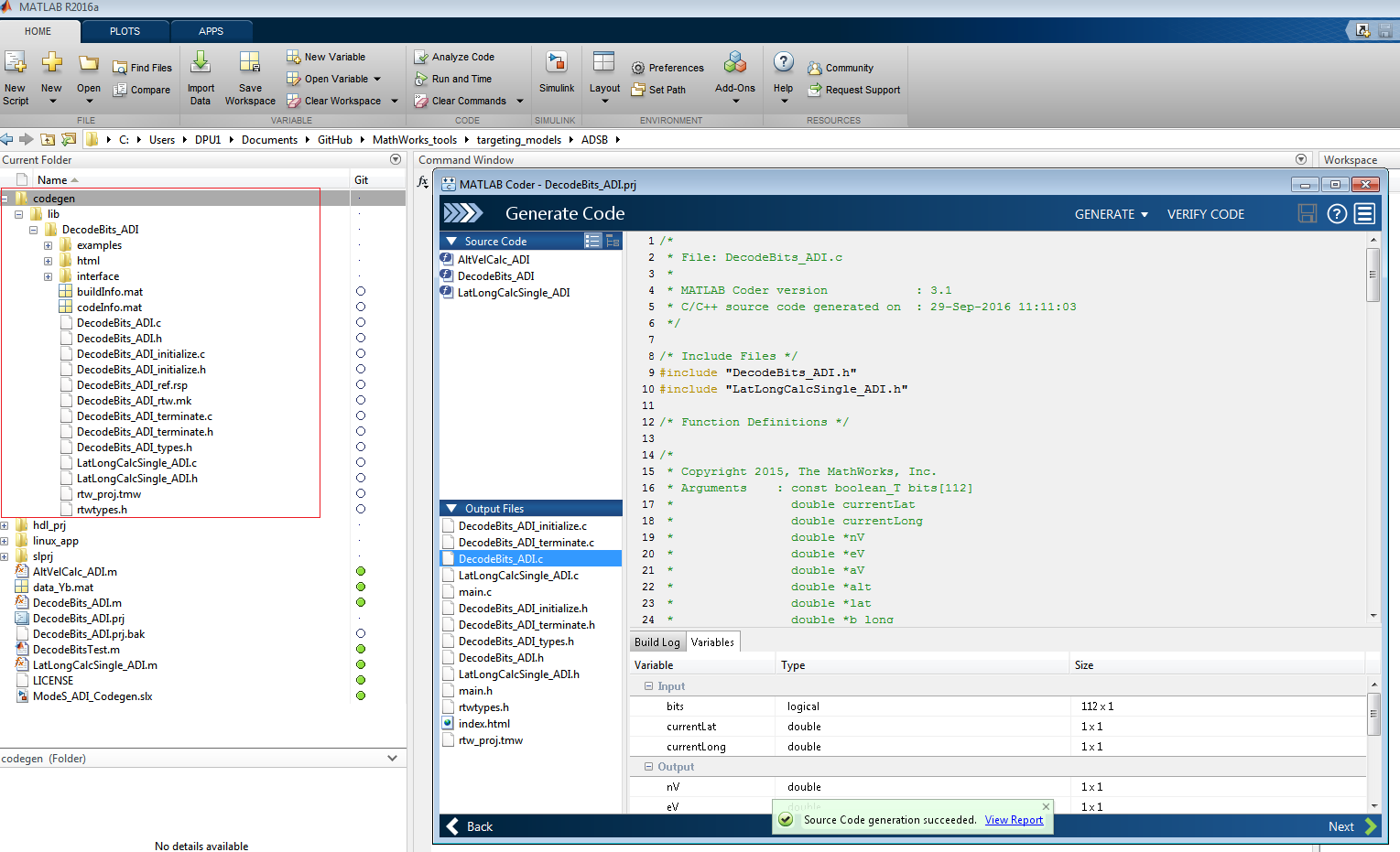Signals And Systems Using Matlab - Second Edition
Continuous Signals and Systems with MATLAB. Continuous Signals and Systems with MATLAB®, Second Edition presents. The text covers signals, types of systems.
Fundamental Of Signals And Systems Using Matlab

Books.google.cz - An introduction to radar systems should ideally be self-contained and hands-on, a combination lacking in most radar texts. The first edition of Radar Systems Analysis and Design Using MATLAB® provided such an approach, and the second edition continues in the same vein. This edition has been updated. Radar Systems Analysis and Design Using MATLAB Second Edition.
Signals And Systems Using MATLAB (ebook)

. Pedagogically rich introduction to signals and systems using historical notes, pointing out 'common mistakes', and relating concepts to realistic examples throughout to motivate learning the material. Introduces both continuous and discrete systems early, then studies each (separately) in more depth later.
Extensive set of worked examples and homework assignments, with applications to controls, communications, and signal processing throughout. Provides review of all the background math necessary to study the subject. MatLab applications in every chapter Readership. Dedication Preface Level Approach Content Teaching Using this Text To the Student Acknowledgements Resources that Accompany This Book Part 1: Introduction Chapter 0. From the Ground Up! 0.1 Signals and Systems and Digital Technologies 0.2 Examples of Signal Processing Applications 0.3 Analog or Discrete? 0.4 Complex or Real?
0.5 Soft Introduction to MATLAB Part 2: Theory and Application of Continuous-Time Signals and Systems Chapter 1. Continuous-Time Signals 1.1 Introduction 1.2 Classification of Time-Dependent Signals 1.3 Continuous-Time Signals 1.4 Representation Using Basic Signals 1.5 What Have We Accomplished? Where Do We Go from Here? Continuous-Time Systems 2.1 Introduction 2.2 System Concept 2.3 LTI Continuous-Time Systems 2.4 What Have We Accomplished? Where Do We Go from Here?
The Laplace Transform 3.1 Introduction 3.2 The Two-Sided Laplace Transform 3.3 The One-Sided Laplace Transform 3.4 Inverse Laplace Transform 3.5 Analysis of LTI Systems 3.6 What have We Accomplished? Where Do We Go from Here? Frequency Analysis: The Fourier Series 4.1 Introduction 4.2 Eigenfunctions Revisited 4.3 Complex Exponential Fourier Series 4.4 Line Spectra 4.5 Trigonometric Fourier Series 4.6 Fourier Coefficients from Laplace 4.7 Convergence of the Fourier Series 4.8 Time and Frequency Shifting 4.9 Response of LTI Systems to Periodic Signals 4.10 Other Properties of the Fourier Series 4.11 What Have We Accomplished?
Where Do We Go from Here? Frequency Analysis: The Fourier Transform 5.1 Introduction 5.2 From the Fourier Series to the Fourier Transform 5.3 Existence of the Fourier Transform 5.4 Fourier Transforms from the Laplace Transform 5.5 Linearity, Inverse Proportionality, and Duality 5.6 Spectral Representation 5.7 Convolution and Filtering 5.8 Additional Properties 5.9 What have we Accomplished? What is Next? Application to Control and Communications 6.1 Introduction 6.2 System Connections and Block Diagrams 6.3 Application to Classic Control 6.4 Application to Communications 6.5 Analog Filtering 6.6 What have we accomplished? What is next? Part 3: Theory and Application of Discrete-Time Signals and Systems Chapter 7.
Sampling Theory 7.1 Introduction 7.2 Uniform Sampling 7.3 The Nyquist-Shannon Sampling Theorem 7.4 Practical Aspects of Sampling 7.5 What Have We Accomplished? Where Do We Go from Here? Discrete-Time Signals and Systems 8.1 Introduction 8.2 Discrete-Time Signals 8.3 Discrete-Time Systems 8.4 What have we accomplished? Where do we go from here? The Z-Transform 9.1 Introduction 9.2 Laplace Transform of Sampled Signals 9.3 Two-Sided Z-Transform 9.4 One-Sided Z-Transform 9.5 One-Sided Z-Transform Inverse 9.6 What Have We Accomplished? Where Do We Go from Here?
Fourier Analysis of Discrete-Time Signals and Systems 10.1 Introduction 10.2 Discrete-Time Fourier Transform 10.3 Fourier Series of Discrete-Time Periodic Signals 10.4 Discrete Fourier Transform 10.5 What Have We Accomplished? Where Do We Go from Here? Introduction to the Design of Discrete Filters 11.1 Introduction 11.2 Frequency-Selective Discrete Filters 11.3 Filter Specifications 11.4 IIR Filter Design 11.5 FIR Filter Design 11.6 Realization of Discrete Filters 11.7 What have we Accomplished? Where do we go from here? Applications of Discrete-Time Signals and Systems 12.1 Introduction 12.2 Application to Digital Signal Processing 12.3 Application to Sampled-Data and Digital Control Systems 12.4 Application to Digital Communications 12.5 What Have We Accomplished? Where Do We Go from Here? Useful Formulas References Index.